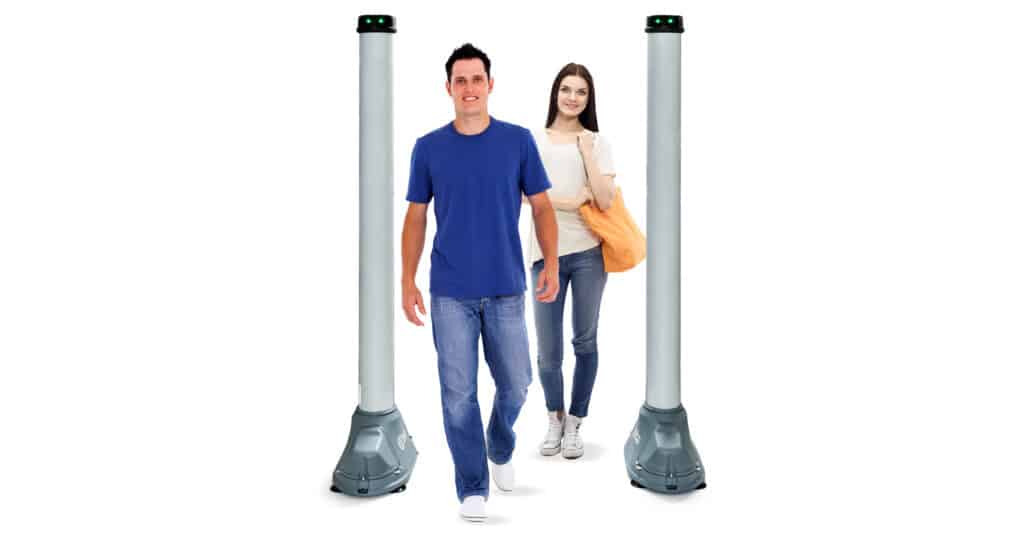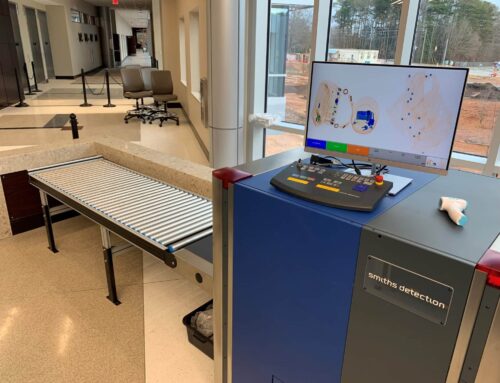Anyone who did their fair bit of traveling by plane has probably gone through a walk-through metal detector. These types of security equipment have been used in concerts, offices, sporting events, and even schools. But did you ever ask yourself exactly how do walk-through metal detectors work?
With security being a top concern for governmental agencies and private companies alike, metal detectors quickly became a normal part of air travel. Although these systems can be used as standalone security elements, they are more often used as part of a total security system that includes emergency paging systems, door access control, security cameras, and x-ray machines. Metal detectors, combined with x-ray machines and IP cameras, are one of the most effective security systems for any type of building.
How do walk-through metal detectors work?
Scottish physicist James Clerk Maxwell discovered the close link between magnetism and electricity back in the 19th century. His first experiments used simple objects such as coils of copper wrapped around metal nails. He soon discovered that once an electric current is applied to the coil, the metal nail becomes magnetized. This is the basic principle behind how metal detectors work.
Walk-through metal detector working principle
Modern walk-through metal detectors use PI, or pulse induction technology. PI systems send out short and powerful bursts of currents through a coil of wire and each pulse generates a short magnetic field. When a metallic object enters the magnetic field, a reflective magnetic field is then created and picked up by the receiver coil.
Most PI systems will send around 100 pulses per second, but some models may send up to 1,000 pulses per second, thus making the detector more precise. Multi-zone walk-through metal detectors are fitted with multiple coils that create separate detection zones. These systems can detect multiple objects and display the areas where they can be found.
What sets off metal detectors at airports?
Airport walk-through metal detectors are sensitive to any types of metals, including orthopedic implants or metal plates used to treat bone fractures. Hip and knee replacements will also set off metal detectors at airports, as will any jewelry, keys, belt buckles, and more.
Cost of walk through metal detectors
The average cost of a walk-through metal detector can vary depending on the model, the PI system used, the number of pulses per second, as well as the number of separate detection zones. Contact Point Security today for a free quote!






